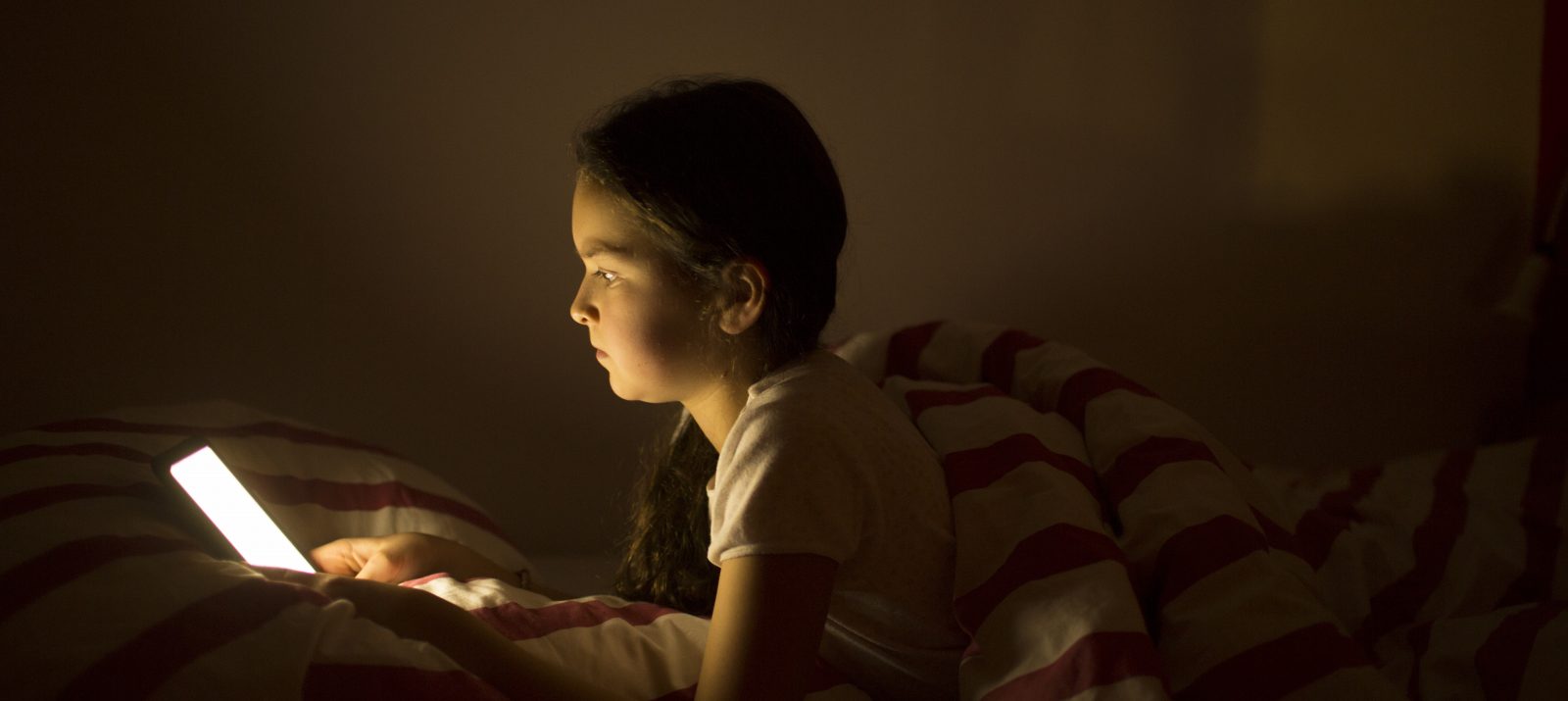
Many children and young people use YouTube, Instagram, TikTok, etc. They watch videos and photos of others and post their own content. These are also used by strangers.
So-called pedo-criminals are also on the move on social media. These individuals are perpetrators or offenders who act out a sexual inclination toward children. They use, among other things, videos and photos from the net on which children can be seen. Some images of children are called very often and among them there are many comments that come not only from other children.
YouTube has been criticized in this context for automatically suggesting more and more videos featuring children when people had previously searched for them on the platform. YouTube has meanwhile introduced certain measures to protect minors, e.g. comments under children’s videos are no longer displayed. Unfortunately, technical protection measures do not always work and they alone do not help.
Other networks popular among children and teenagers, such as TikTok and Instagram, are also abused by pedophiles. They use even harmless videos or photos of children by copying, collecting and forwarding them to others. That’s what makes it so hard to fight.
In addition to photos and videos, interactive features such as livestreams offer potential perpetrators the opportunity to contact children and young people directly and get them to do certain things. Children are easily influenced and do not yet understand the sexual meaning of many questions and actions. Therefore, they need special protection.
Contacting minors with the intent to sexually harass or abuse them is called cybergrooming and is a criminal offense. By filing a report, the police can become aware of and pursue a suspicious person. However, viewing, downloading and distributing images on the net is hardly traceable.
YouTube has changed its algorithm for videos by and for children(s) so that they are no longer automatically displayed as suggestions. Livestreams of minors without the presence of adults are not allowed.
Those who post videos must label them appropriately as “videos for children” for the technical measures to take effect. When YouTube detects conspicuous videos or comments, they and associated users are deleted. But there are so many videos that this is hardly possible completely. The creation of playlists also allows pedophiles to share and exchange videos of children with each other.
It’s similar on services like Instagram and TikTok: Content reported by other users is reviewed, but profiles are only deleted if they violate community guidelines. The corresponding photos and videos are to be filtered out via certain algorithms. All these measures help only to a small extent, because offenders know how to circumvent them.
It is all the more important that you are aware of these dangers and are a good role model for your child. As a parent, you should be especially careful about what photos you share of your child over the web. Read our article Children’s photos on the web.
Accompany your child in their media use and pay attention to what they do online. This does not mean that you should monitor your child! But talk to your daughter or son and, if your child is younger, watch videos together on YouTube and other platforms. Choose together beforehand what your child may look at. Always remain responsive to your child!
It is also important for older children that you as parents know what they are doing online. If at some point your child wants to make their own videos for YouTube or Instagram, talk about the content they want. Explain to him possible risks if he posts videos and photos of himself on the web. Use the settings options, such as setting a private account and disabling comments. You can find more tips in our article My child wants to become a YouTuber – What now? Set up accounts on social networks together to be able to make the privacy and data protection settings together.
From an early age, you should talk to your child about the dangers online. Do this in a matter-of-fact and calm manner. It’s not about conveying fear. Prohibitions are more likely to cause children to try things out secretly and not turn to you in an emergency out of shame. Therefore, you should never be angry with your child if something unpleasant does happen. Instead, you should help him and report the perpetrator and press charges if necessary. You can use the Internet Complaint Center for this purpose, for example.
It is never the child who commits a crime, but the adult who takes advantage of them.